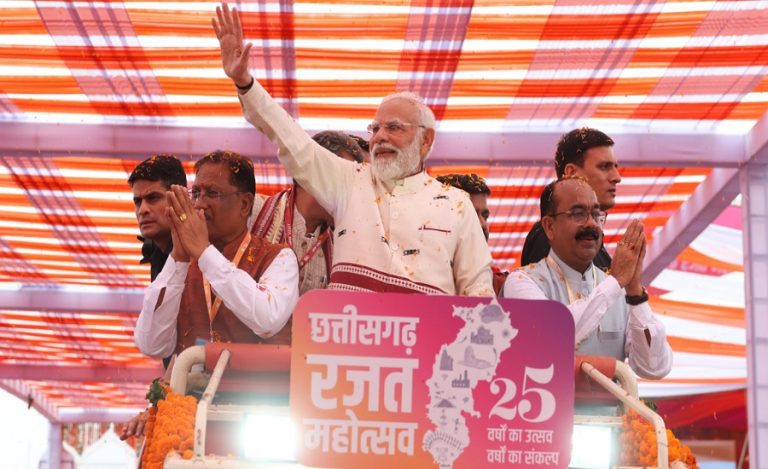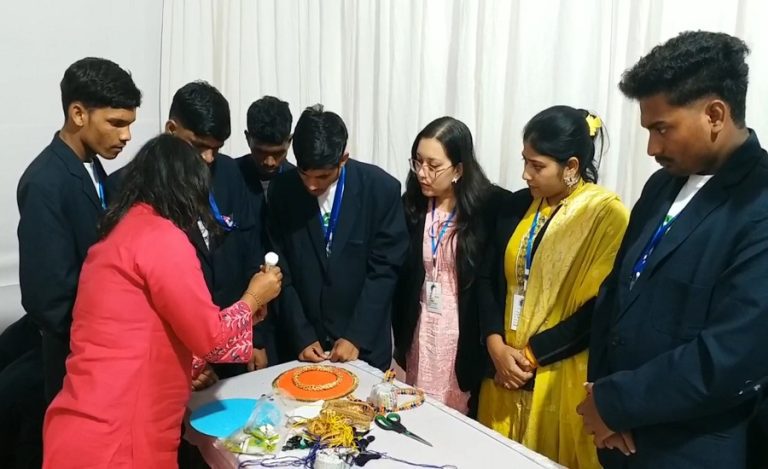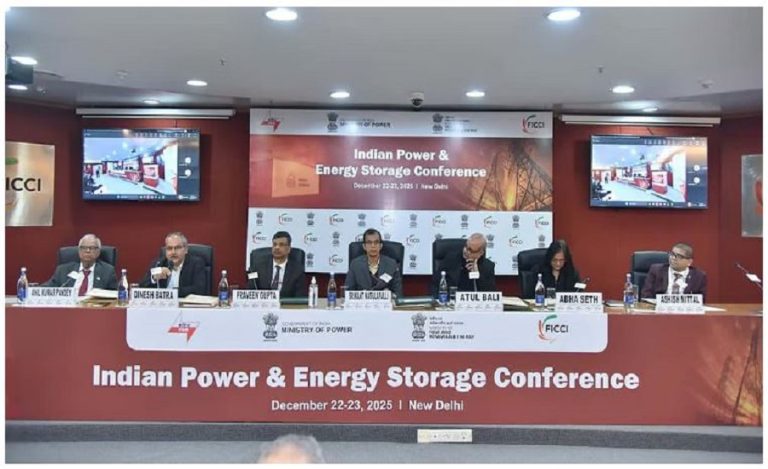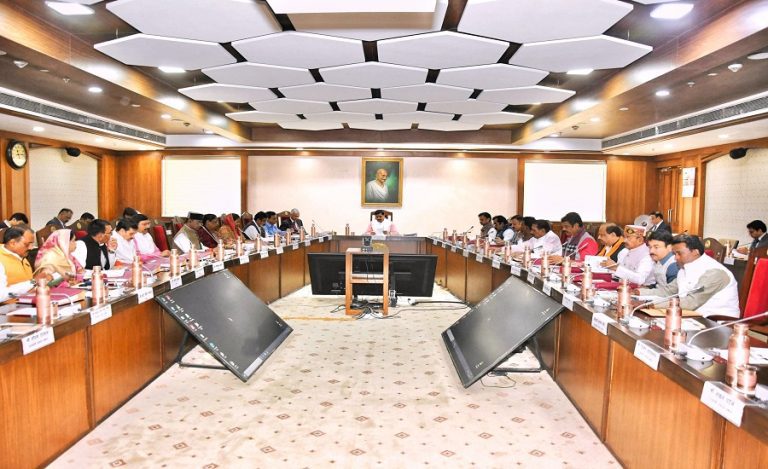Chief Minister Mr. Bhupendra Patel has approved a grant of Rs. 489.95 crore for the construction of 2,055 new Gram Panchayat houses across Gujarat under the Talati-Cum-Minister Housing Scheme. The initiative aims at achieving 100% saturation, ensuring that every Gram Panchayat has its own dedicated building to serve rural citizens more effectively.
Recognizing Gram Panchayats as the foundation of the three-tier Panchayati Raj system, the Chief Minister emphasized the importance of modern infrastructure at the grassroots level to strengthen governance and public service delivery.
Population-Based Grants for Panchayat Houses
The Panchayat Department annually allocates funds for the construction of new Panchayat houses and Talati-Cum-Minister residences in villages where existing facilities are absent or dilapidated. The grants are allocated based on population:
- Villages with over 10,000 population receive Rs. 40 lakh
- Villages with 5,000 to 10,000 people receive Rs. 34.83 lakh
- Villages with less than 5,000 people receive Rs. 25 lakh
For the first time, Mr. Bhupendra Patel has approved such a large-scale funding of Rs. 489.95 crore to enable Gram Panchayats across 2,055 villages to begin construction this year itself.
Modern Facilities for Better Governance
The new Panchayat houses will be equipped with modern amenities, providing villagers with seamless access to government services. With these upgraded facilities, rural citizens will no longer have to depend on temporary or inadequate structures for essential administrative services.
The initiative reflects the state government’s commitment to improving rural governance and ensuring timely delivery of schemes and services at the village level.
Towards 100% Coverage in Rural Governance Infrastructure
The government is also working towards complete saturation of Panchayat houses in villages through various Panchayat Department schemes. Once implemented fully, every Gram Panchayat in Gujarat will have its own office, creating a uniform and strong institutional framework for grassroots governance.
This transformative initiative is expected to bring long-term benefits by bridging service gaps, enhancing rural infrastructure, and empowering local self-governance across the state.



























